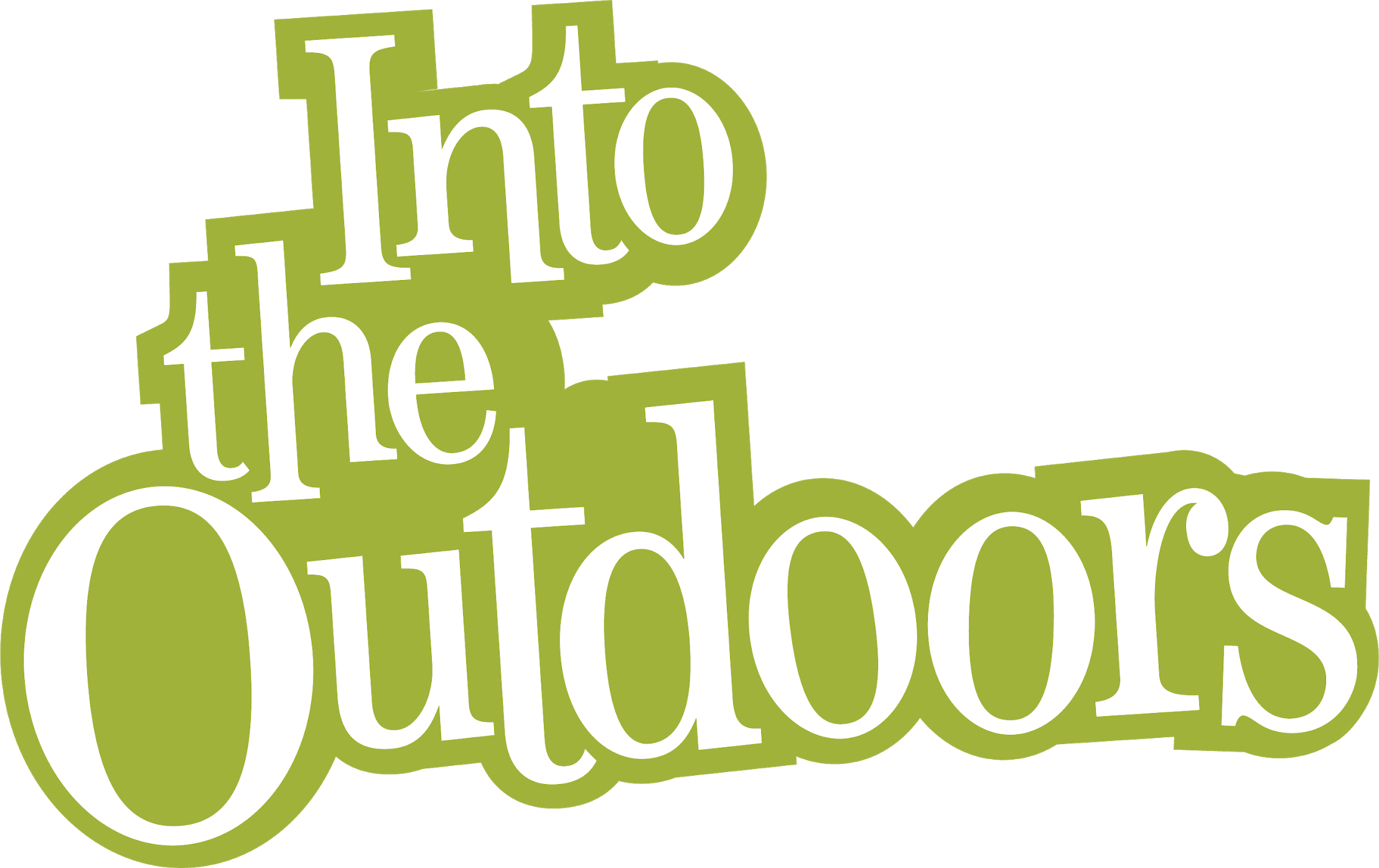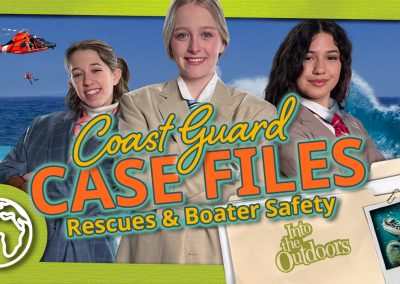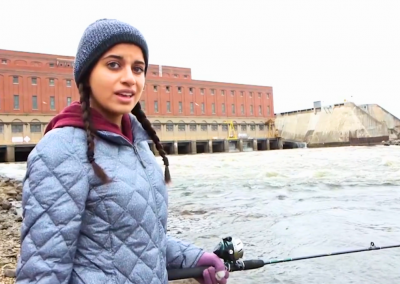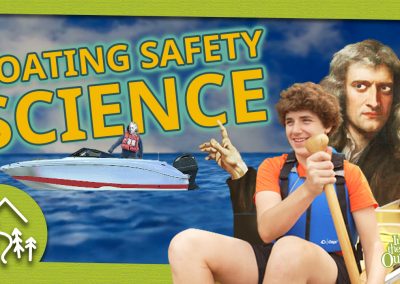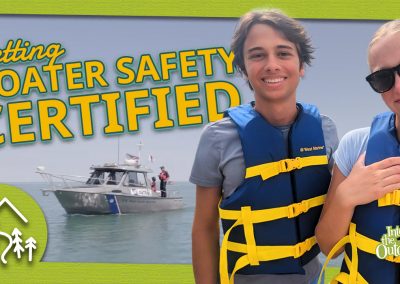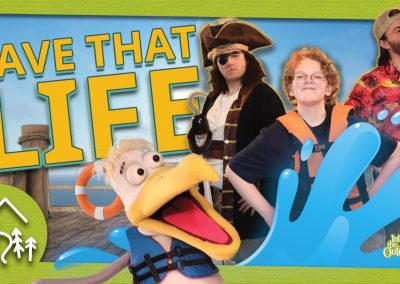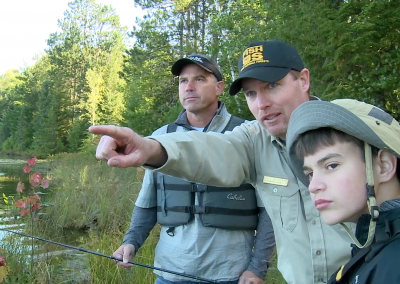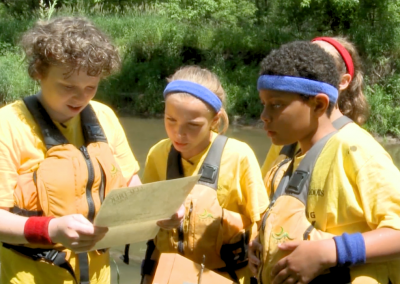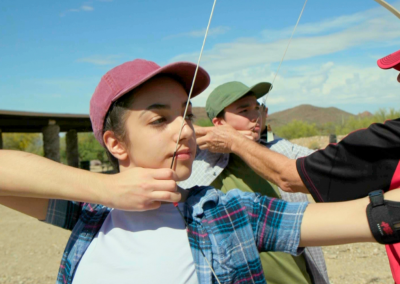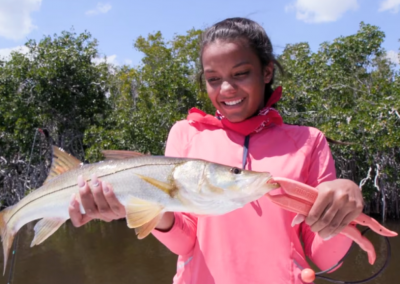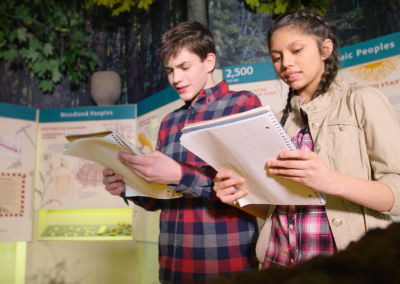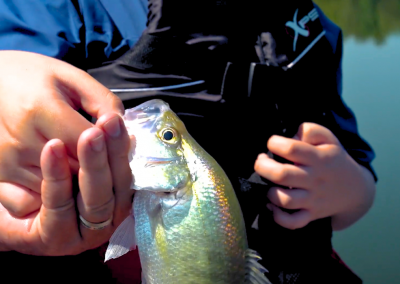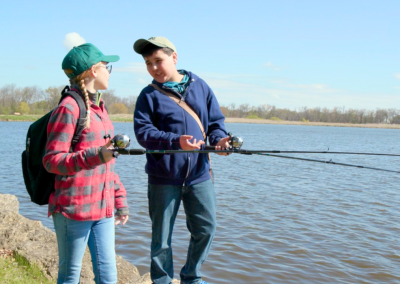Kylie Compe
Our lesson plans follow Next Generation Science Standards, many Common Core State Standards, and science learning objectives for middle school and high school students in grades 6-12. Topics support lesson plans and learning for grade level science concepts, several ELA standards, math, science career readiness and STEM foundations.
Increasing concerns about environmental challenges like climate change, pollution, sustainability practices, and endangered natural resources and wildlife brings a growing demand for outdoor education that focuses on sustainability and environmental awareness. Our programming is designed to help integrate environmental concepts into lesson plans to foster a stronger connection with nature and motivate young people to take action for its protection.
We work with professional curriculum writers to ensure classroom materials are relevant and meet appropriate grade level national education standards. The lesson plans are best used along with the corresponding full length episodes and shorter classroom curriculum videos noted in each lesson plan. The lesson plans provide students with real-world applications so they can connect learning with their every day lives. Episodes, curriculum videos and lesson plans are presented together by matching topic and all available for download when you open an individual video’s page on our website.
